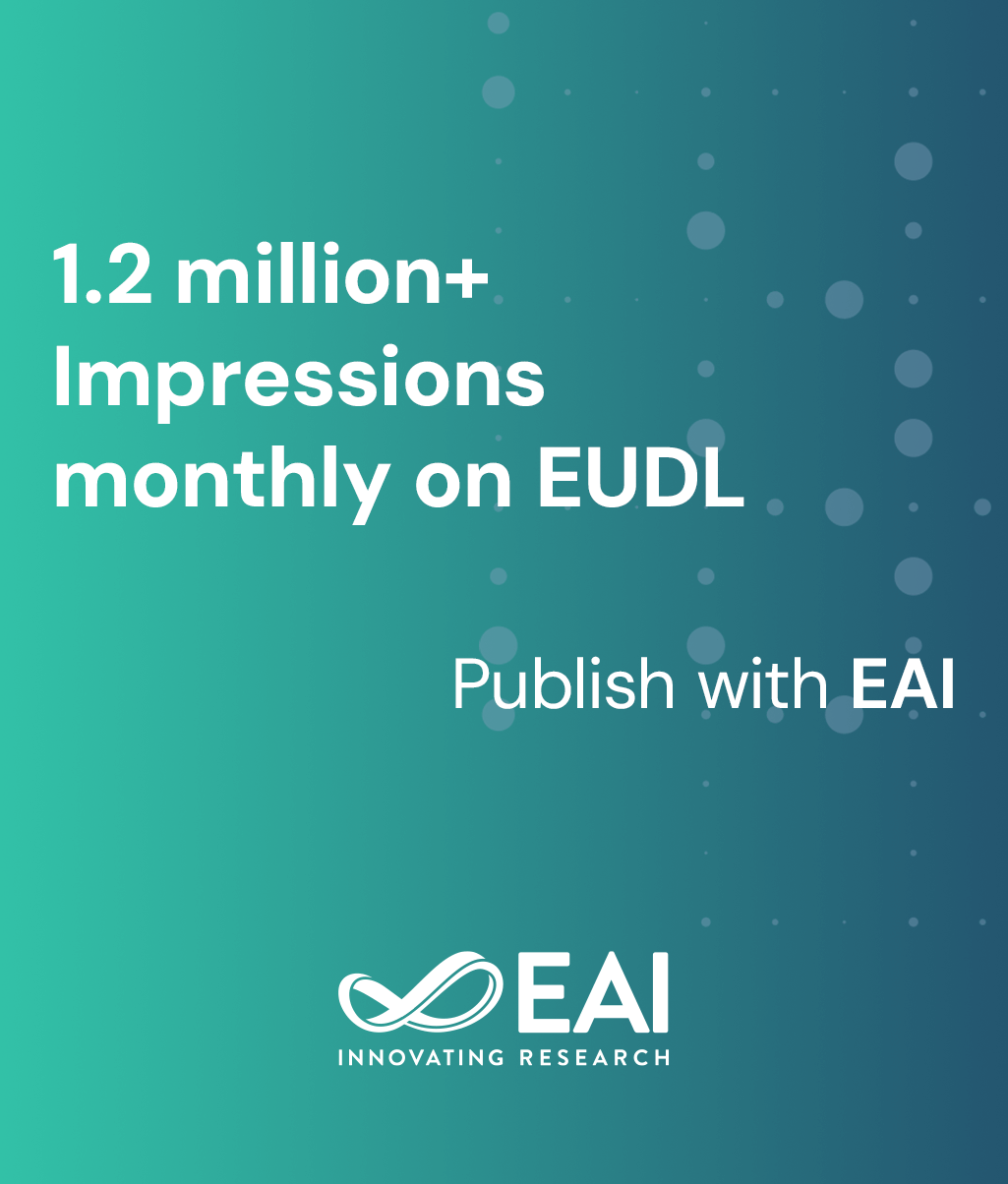
Research Article
FaceNet – A Framework for Age Variation Facial Digital Images
@ARTICLE{10.4108/eetsis.5198, author={Chethana H.T. and Trisiladevi C. Nagavi and Mahesha P. and Vinayakumar Ravi and Gururaj H.L.}, title={FaceNet -- A Framework for Age Variation Facial Digital Images}, journal={EAI Endorsed Transactions on Scalable Information Systems}, volume={12}, number={1}, publisher={EAI}, journal_a={SIS}, year={2025}, month={4}, keywords={Deep Convolutional Neural Networks, FaceNet,, Face embeddings, Composite Sketch with Age Variations, Adhoc On demand vector, Deep learning}, doi={10.4108/eetsis.5198} }- Chethana H.T.
Trisiladevi C. Nagavi
Mahesha P.
Vinayakumar Ravi
Gururaj H.L.
Year: 2025
FaceNet – A Framework for Age Variation Facial Digital Images
SIS
EAI
DOI: 10.4108/eetsis.5198
Abstract
Automated face recognition plays a vital role in forensics. The most important evidence in the criminal investigation is the facial images captured from the crime scene, as they represent the identity of the people involved in crime. The role of law enforcement agencies is to identify the facial images from the suitable database. This information can be treated as strong evidence for the law enforcement agencies which becomes the most important evidence in global counter-terrorism initiatives. Contour of chin and cheek, distance between different features and shapes of facial components are some of the parameters considered by the forensic experts for manual facial identification process. This process is time consuming, and it is a tedious job. To address this issue, there is a need for developing an automated face recognition system for forensics. As a result, FaceNet – a framework for age variation facial digital images is discussed in this research work. Experiments are evaluated on CSA dataset with three age variations which provides a recognition accuracy of 86.8% and performs better than the existing algorithms.
Copyright © 2024 Chethana H.T. et al., licensed to ICST. This is an open access article distributed under the terms of the Creative Commons Attribution license (http://creativecommons.org/licenses/by/3.0/), which permits unlimited use, distribution and reproduction in any medium so long as the original work is properly cited.


